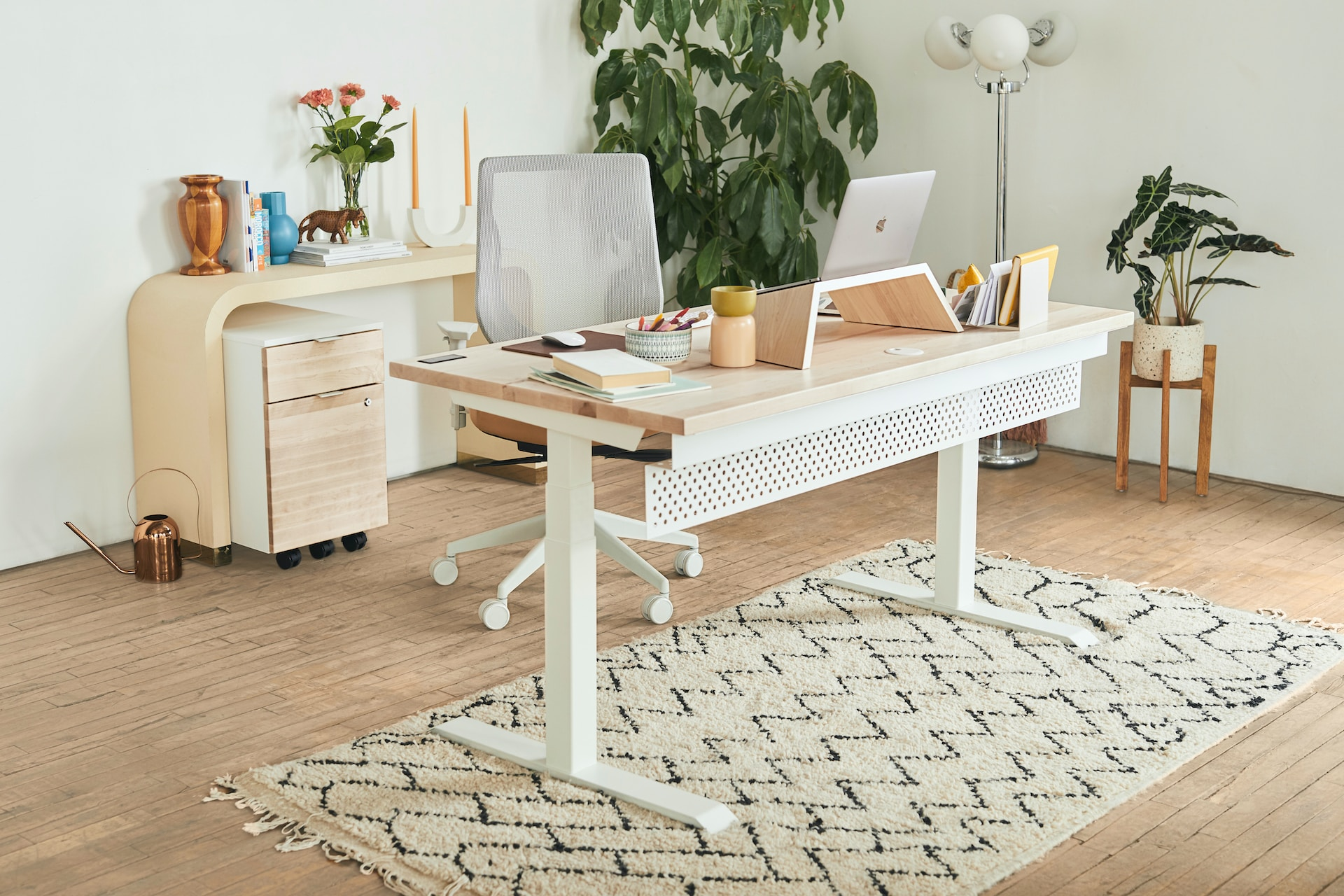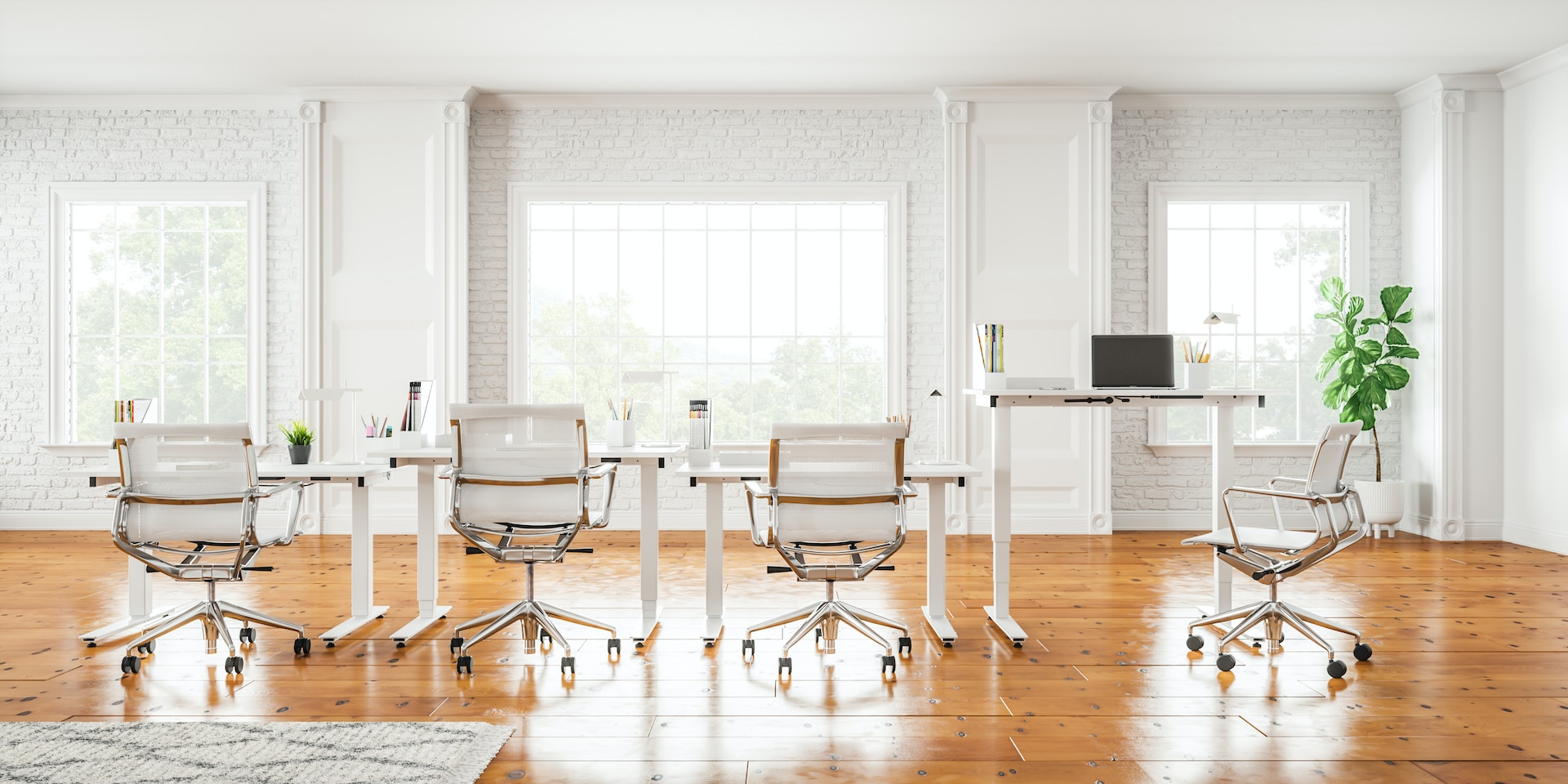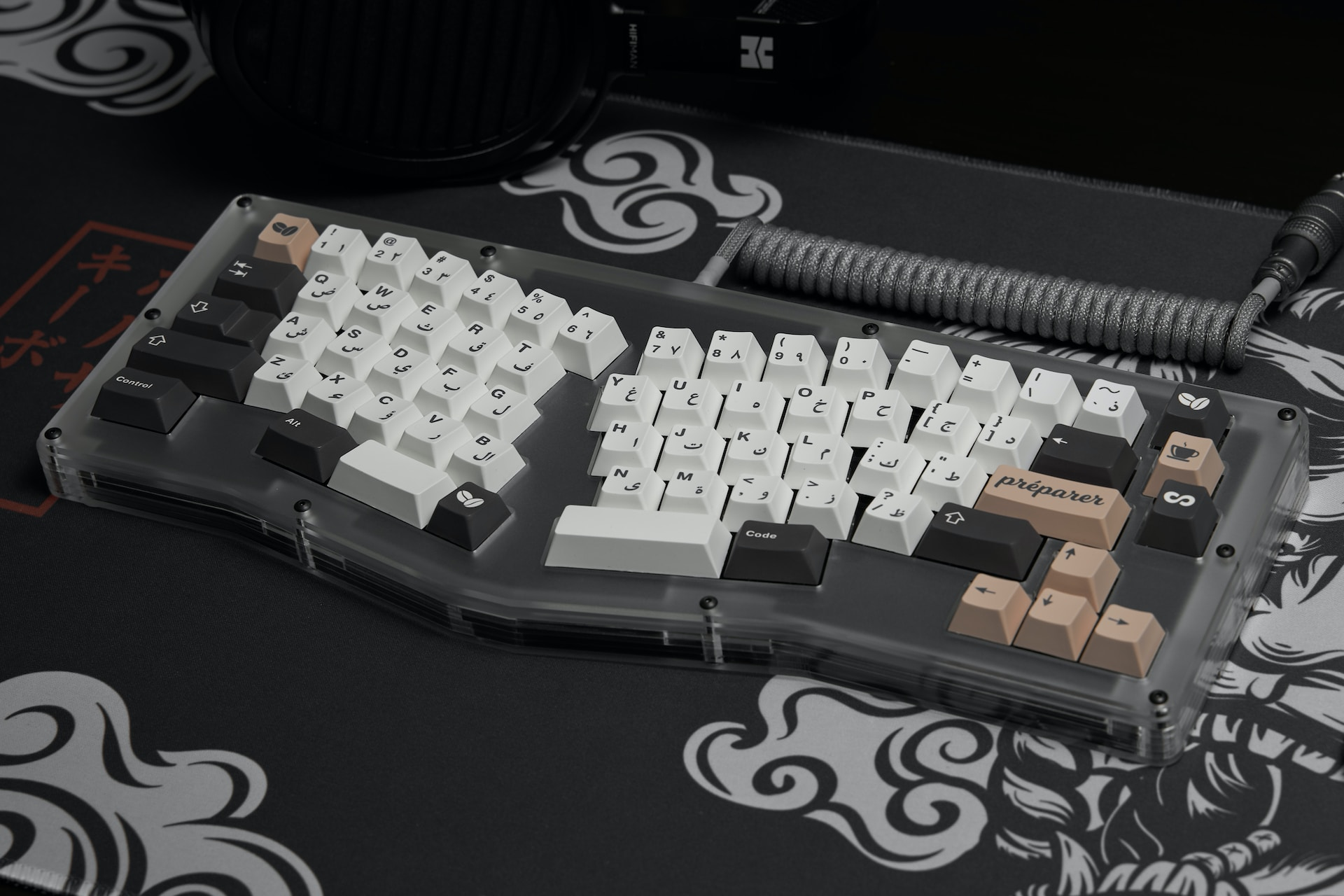Throughout the professional history of humanity, few concepts were as pivotal as the ergonomics of workplace equipment. From boosting productivity to preventing occupational hazards, ergonomics comes with several upsides. However, it's easy to overlook and often is, largely because the negative repercussions aren't as immediately evident as injuries on the job.
Nevertheless, issues stemming from poor ergonomics, such as repetitive stress injuries, are equally damaging to organisations and human resources. Thus, ergonomics aims to minimise the risk of equipment design, placement, and injuries when in use.
Consequently, office ergonomics represents the science of crafting the workspace to meet and supplement workers' physical, emotional, and psychological limitations. Poor ergonomics has far-reaching downsides, common among them being muscle fatigue, low productivity, and stress.
Here is an in-depth look at the essentials of ergonomics in the workplace.
The Impact of Poor Ergonomics

Poor ergonomics is a major issue in several workplaces. It refers to the arrangement and design of places of work and associated equipment that results in strain or discomfort on the body. These downsides of poor ergonomics result in physical stress and possible injuries.
Typical examples of poor ergonomics include:
-
Poor lighting - Dimly light offices and glare can strain the eye, causing neck pain and headaches.
-
Repetitive motions - Repeatedly performing one movement for extended periods, like typing, can lead to repetitive stress injury (RSI).
-
Awkward postures - Standing or sitting in an unnatural position for long, straining muscles and joints.
-
Environmental factors - External elements like humidity, temperature, and noise pollution can also affect the workplace.
Collectively, these aspects of poor ergonomics can have the following effects on employees:
-
Lower morale
Workers can become unsatisfied on the job, having decreased morale. -
Higher possibility of injuries
The risk of injuries from trips, falls, and slips can be higher, and you'll have to spend time and work solving these issues. -
Work-related musculoskeletal disorders
Typical work-related MSDs resulting from poor ergonomics include carpal tunnel syndrome and back and neck pain. -
Reduced productivity
Due to the discomfort associated with poor ergonomics, workers usually find it challenging to concentrate on the task at hand, decreasing productivity.
The Key Elements of an Ergonomic Desk Setup

Regarding ergonomics, there's nothing like a one size fits all solution because each person has a unique body. Regrettably, some organisations don't treat ergonomics as such, leaving workers to tackle office ergonomics for themselves.
Whether you're an employer or employee, here are the elements you must tackle to ensure your workplace is ergonomically accurate.
-
Desk Height
The right desk height enables you to use the keyboard with hands and arms fairly level with the floor, feet flat on the ground, and limbs relaxing below the desk. You can use a height-adjustable desk to achieve this posture. However, a standard height of 29 inches also works for people of average height.
-
Office Chair Height and Back Support
Next is your chair, which is particularly vital for those prolonged sitters. But picking the right chair can seem like a challenging task. Fortunately, we've provided some components to check for:
-
Lumbar support - Your chair should comfortably support your lower back's natural curvature.
-
Recline-ability - It's better for your spine to recline at about 135 degrees instead of setting at 90 degrees.
-
Material - The choice of material depends entirely on your taste. There are a few materials available in the market, fabric, leather and mesh. Leather being the most premium choice.
-
Chair height - An adjustable chair is ideal, but most importantly, you want a chair that allows your feet to remain flat on your floor mat, with or without an armrest.
-
Seat depth - Check that your chair has about four-finger space between your legs and the seat edge.
-
Keyboard and Mouse Arm's Length Placement
Place your keyword close to your body to have your elbow comfortably by your sides. Also, the height shouldn't exceed your elbow level while resting flat on the tabletop. For those with higher desks, a keyboard tray is handy.
-
Monitor Position
Lastly, you need your monitors at the perfect eye level to prevent shoulder problems, poor posture, and eye strain. Hence, monitors should rest 20 to 40 inches away while their upper borders are below or at your eye level. If you tilt your screen, it shouldn't exceed 10-20 degrees, and keep it perpendicular to windows to overcome glare.
Practical Guide: Adjusting Your Table for an Ergonomic Setup

Some still-stand desks, like the Izara Wood Levodesk, allow you to change from sitting to standing modes. This comes with unique benefits because researchers have associated poor sitting posture throughout the day with conditions like high blood pressure, spine damage, and cardiovascular diseases. You can overcome these by following the steps below to adjust your table ergonomically.
Step 1- Assess Your Height While Seating
First, make sure your chair is at the right height to sit comfortably. Put both feet on the floor while sitting up straight. How far is it from the floor to the bottom of your thigh? This measurement will be used as a baseline when deciding how tall to make the desk.
Step 2- Identify The Perfect Desk Height For Seated Work
To determine the ideal ergonomic workstation height for seated work, use the measurement from the previous step. Add this number to your forearm's distance from the ground once you bend your elbow at a right angle. Using this total height, you can calculate the best height for your desk to accommodate working while seated.
Step 3- Shift The Desk Height Seated Work Position
Make the necessary adjustments to the height of your adjustable desk with the data gathered in Step 2. Then change the height of the desk accordingly. When you finish the required changes, confirm that the desk is stable and level before using it.
Step 4- Find Out How tall You Are
Determine your standing height by positioning your feet shoulder-width apart and letting each arm hang freely at your sides. Position your elbow at a 90-degree angle and measure from the floor. Taking this measurement will help you set up a standing desk that's comfortable for you.
Step 5- Find the Best Height for Your Desk if You Work Standing up
Set your measurement from Step 4 to determine how high your desk should be for standing work. Add this number to the distance between the floor and your forearm if your elbow turns 90 degrees. Your optimal desk height for standing while working can be calculated using this total height.
Step 6- Adjust Your Workstation to a Standing Height
Modify your standing desk to the appropriate height applying the data gathered in Step 5.
Enhancing Your Ergonomic Setup: Useful Accessories

Cable Management Solutions
Tangled cables may make a desk look messy and unorganised. To keep cords orderly and safe, you should get cable management solutions like cable trays, clamps, or sleeves.
Wrist Rest
An ergonomic wrist rest helps relieve stress on your wrists as you work by giving your forearms a soft, supportive area to rest in a neutral position.
Laptop Stand
Another essential add-on for those who use a laptop daily is the laptop stand. It helps maintain good posture when working on a laptop by bringing the screen to eye level. Ideally, you want a frame that lets you change the height and tilt angle, with a well-ventilated base, for obvious reasons.
An Adjustable Monitor Arm
With a monitor stand or arm, you can change the height, angle, and distance between you and your screen. Plus, it also makes your desk clutter-free.
Mouse And Keyword Tray

Adjustable mouse and keyboard trays or an ergonomic keyboard are indispensable for improving office ergonomics, especially if you want to sit in a neutral position that's easy on your back and wrists.
Adjustable Footrest
People with small stature or those whose feet don't reach the floor when seated will find this a must-have item. When searching for a premium footrest, look for one with a height that can be adjusted and a surface that won't slip.
Case Study: Ergonomic Success Stories
-
Amgen Singapore Manufacturing
Amgen Singapore Manufacturing, a premier biotechnology firm, has always emphasised providing employees with a healthy and safe working environment.
To accommodate the ''new normal'' of remote workers, Amgen's ''Actively Caring'' safety culture was expanded to cover both onsite and remote workers. They introduced an interactive ergonomics and risk assessment program that improved employees' emotional and mental health.
-
Asiabuild Construction
According to Asiabuild Construction, investing sufficient effort to ensure WSH is not sacrificed in favour of greater profitability is necessary for a company to be sustainable.
Some innovative procedures or breakthroughs that have been used comprise its Mobile Environment, Health, and Safety (EHS) System to help with site utilisation, construction sequencing planning, crane capacity study, etc.
Frequently Asked Questions about Ergonomics

What are the 5 aspects of ergonomics in the workplace?
Ergonomics considers five essential aspects: user protection, convenience, efficiency, output, and visual appeal. Ergonomics at work focuses on how well people and their jobs ''fit'' together. To ensure that each employee's activities, equipment, information, and environment are suitable for them, it considers their strengths and constraints.
How can I sit more ergonomically at my desk?
Elevate your chair if you find that you are unable to adjust the height of your office desk. Grab a footstool if you need extra help keeping your feet up. However, a little stool or stack of books can serve as a makeshift footrest. Use padding or wrist support if your workstation has sharp, unrounded borders.
Conclusion
If you prioritise ergonomics in the workplace, you'll need a cost-effective and practical approach to balance ergonomics vs aesthetics. It turns out this approach is most practical if your organisation has a multi-disciplinary ergonomics team and sources only premium office equipment from the best suppliers. This way, you can ensure workstations has the correct setup for occupational safety and health.


